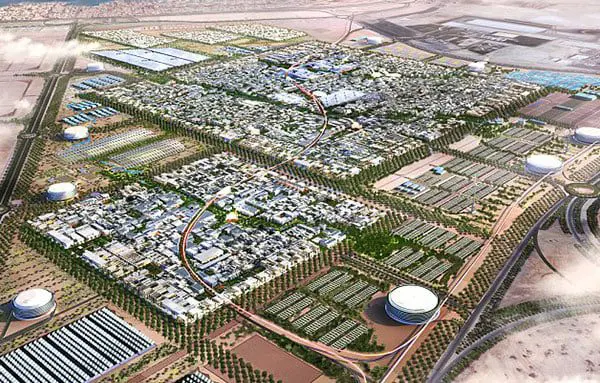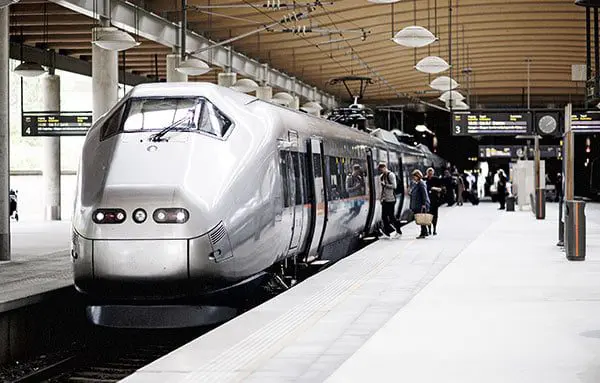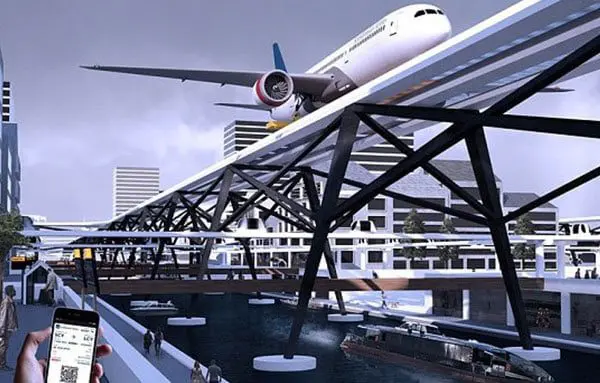Okay, so we don’t yet have flying cars and we still can’t teleport across space and time. But we have developed some pretty impressive travel technology over the last 50 years, wouldn’t you say?
I mean, the ability to travel half-way around the world in about 20 hours would have impressed the animal skins off our cavemen ancestors. And there’s even been talk of a new technology that would allow Sydney-siders to fly to London in just four hours!
Yep, air travel is here to stay, which means airports are too. And so with that being the case, airports are going to become vitally important to the future of our civilisation, and brains around the world are – and have been – firing on all cylinders to make the airport experience better, faster and safer. And cooler – much, much cooler.
Here’s what we can expect from the airports of the future.
(Nearly) everything will be automated

Source: skyscanner2024.com
We’ve already seen airports and airlines automate at least a part of the passenger processing experience (e.g, through self-checkin, automated passport control, and even biometric scanning), but airports of the future are going to make automation the rule, the exception. This will have the effect of streamlining the flying experience.
Unfortunately, strong competition in the future may force airlines to continue to cut their costs by replacing staff with technology and robots. But as we’ll see just below, airports are expected to become much more than just runways and terminals anyway…
Airports will be (mini) cities themselves

Source: dailymail.co.uk
Like automation, we’ve already seen this begin to happen. For example, airports are now more than just runways and terminals, but also hubs of shopping, entertainment and even relaxation (not just Thai massages at Bangkok’s Suvarnabhumi Airport, but even yoga at San Francisco’s International Airport).
This trend will continue in the future as airports seek to provide all the services and amenities that citizens living in heavily urbanised areas expect. It will also mean that airports will depend less on federal governments and airlines for their economic growth and investment, and instead develop a more diversified revenue model.
Airports will be better integrated into cities

Source: www.visitoslo.com
Air travel is expected to continue to grow each year for well beyond the next 30 years, making flying one of the most popular modes of transport in the future. However, most airports these days are a hassle to get to. Cities of the future are expected to invest heavily to better integrated airports into existing public transportation networks, such as via high-speed trains (this is already a reality at Oslo Airport).

Credit: Alex Sutton/Dezeen
Future cities will also design their urban layout around the airport, in a similar way to how cities are built around train stations. We may even see airports built on top of existing cities. Such is the vision of graduate Alex Sutton who has come up with a design to build an airport above the streets and canals of Stockholm!
Pretty impressive huh?!







